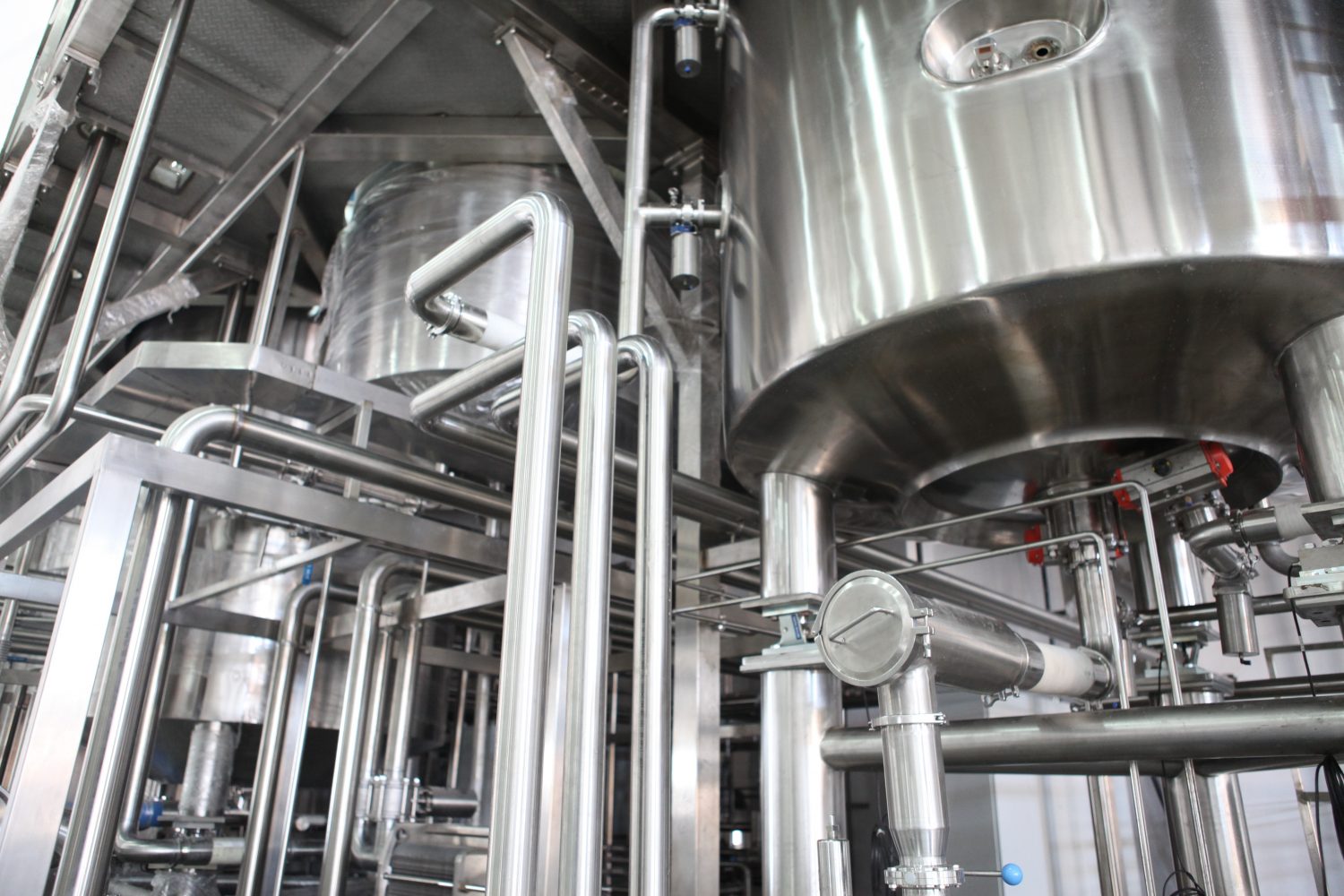Does stainless steel rust and how could it be prevented?
10th Aug

Stainless steel is constructed with built-in corrosion resistance but in certain conditions it can and will rust, although it won’t be as fast or severe as standard steels. Stainless steels will typically corrode when they are exposed to harmful chemicals, saline, moisture, grease, or heat for extended periods of time.
The level of protection stainless steel has against corrosion is mostly dependent on how much chromium there is. If there isn’t enough chromium near the surface of the stainless steel, a new chromium oxide layer can’t form when the top layer is scratched off. This leaves the material at risk to multiple different types of corrosion.
The basics of stainless steel
To get a better insight into why steel is rust-resistant, and how this resistance can be broken down, it is beneficial to first know how these alloys are different from other steels.
At the very minimum, stainless steel contains 10.5% of chromium. The chromium quickly reacts with the oxygen that surrounds it and creates a thin oxide layer on the steel’s surface. Unlike iron oxide, which is typically formed in a flaky and corrosive rust, the chromium oxide attaches to the steel. This makes it a better protective barrier.
Chromium oxide is commonly known as a passive film that covers the iron in the alloy, protecting it from the air and water in the natural environment. It is this film that gives stainless steel its rust-resistance quality.
Stainless steel is well-known for being low maintenance, and its resistance to oxidation and staining makes it the perfect material for a wide range of applications.
What types of stainless steel corrosion is there?
There are four main types of stainless steel corrosion. Each of them presents a different challenge and needs a different approach to effectively deal with it.
General corrosion
This is considered to be the safest form of corrosion because it is predictable, manageable, and in most cases, preventable. You will be able to tell it is general corrosion when there is a uniform loss of metal over the entire surface. Stainless steel that has a pH value of less than one is more prone to general corrosion.
Galvanic corrosion
Galvanic corrosion mostly affects metal alloys. It usually refers to a situation in which one metal has come into contact with another, resulting in one or both reacting with each other and corroding.
Pitting corrosion
This is a localised type of corrosion which leaves holes or cavities. It often occurs when stainless steel is exposed to environments that contain chlorides.
Crevice corrosion
Another localised corrosion which forms at the crevice between two joining surfaces. It can happen between two metals or between a metal and a non-metal.
How to prevent rusting in stainless steel
When stainless steel begins to rust it can be concerning and not look great either. It is a metal that is specifically designed to resist corrosion so most users will start to worry when they spot stains and rusting on the metal. Fortunately, there are several methods to prevent rusting and improve corrosion resistance at different stages of the stainless steel fabrication process.
Design
Taking a proactive stance with stainless steel fabrication design pays off in the long term. Detailed planning in the design phase of stainless steel applications will minimise the risk of water being able to penetrate the material and reduce surface damage potential. In cases where contact with water is unavoidable, drainage holes should be added. The design should allow free air circulation to prevent damage to the alloy.
Fabrication
During any stainless steel fabrication work it is important to prevent stainless steel from coming into contact with iron or ordinary steel. This means being extremely careful with work tables, tools, storage units, chains, and steel turning rolls.
If any cross-contamination occurs with carbon steel dust particles settling onto the stainless steel during the fabrication process, the potential for rust formation increases significantly. Also, any cleaning or grinding tools that have been used with carbon or a low alloy steel should be kept separate from stainless steels.
Maintenance
Regular maintenance is an essential part of stainless steel rust prevention, as well as restricting further progression of existing rust. It is important to get rid of any rust that has formed using mechanical or chemical methods. The grime left over can be cleaned using warm water and soap. After the steel has been cleaned, a rust-resistant coating should be added.
Contact us today to find out more about our stainless steel fabrication services and how we can help you.